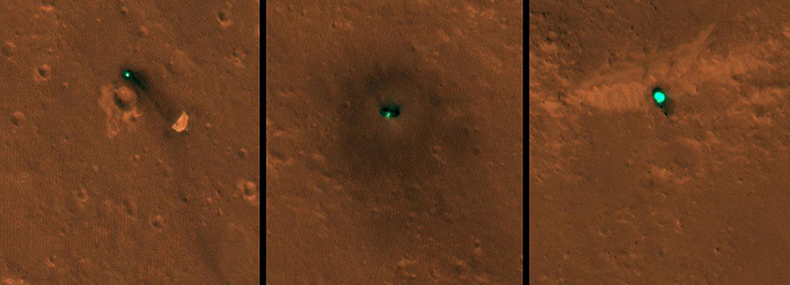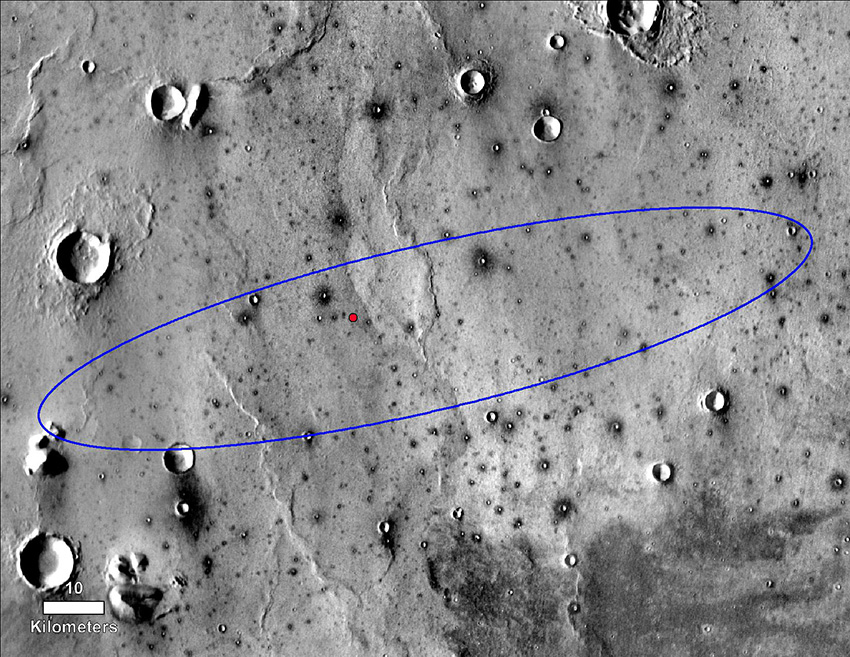The HiRise super-camera locates InSight on the surface of Mars
The exact location of the InSight lander on the surface of the Red Planet has just been determined thanks to the HiRise super-camera on NASA's Mars Reconnaissance Orbiter satellite.

Publication date: 06/12/2018
General public, Observatories, Press, Research
Related observatories : InSight Observatory
Related themes : Earth and Planetary Interiors









